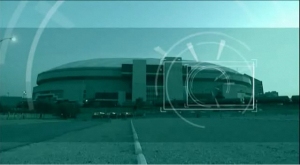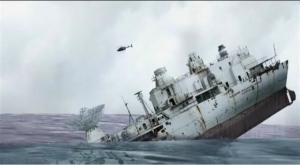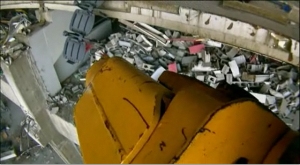Shooting a 3D documentary: why we use still photography to capture time lapses
A bit more re. how we plan to produce time lapses for our first 3D documentary.
We’ve used still cameras to capture time lapses for previous episodes of Blowdown, the explosive demolition show we’re gearing up to film – for transitions, establishing shots, and work that’s progressing.
Here’s a raw example of one from an episode in Season One – the implosion of four cooling towers at the Sellafield nuclear facility in England:
The reason we use this technique is because it gives us photos that are higher resolution that HD – pristine, jpeg images up to 21.1 MP.
Obviously much better quality than frame grabs off of video.
It also means our primary video cameras/crew can be used to film action – in this case demo work on the Fonte Nova Stadium in Salvador, Brazil – while the still cameras (in this case Canon 7Ds) sit unmanned on a side-by-side rig, automatically collecting shots.
In the 3D realm, the super high resolution will allow us to converge and do digital zooms in post within the time lapse without losing any quality.




